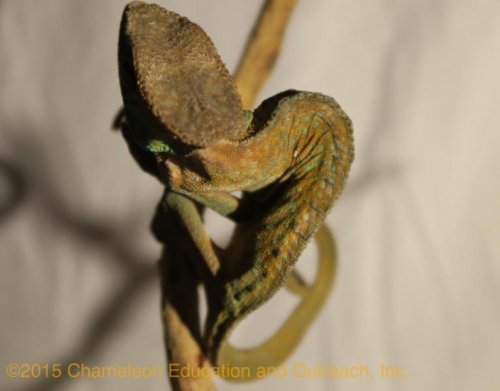MissMaisie
Member
Exactly why I would never buy a WC chameleon, only long term expert breeders should deal with wild caught species no matter what animal it is.I want to clarify my original post and I am unsure I will be able to articulate the point I was trying to make.
I am not grieving losing this particular chameleon. I have/had no emotional attachment to him other than he didn't deserve this and he had beautiful eyes when I first saw him. I was not planning to buy him. He was not a beloved pet. He was simply a magnificent creature that I knew was doomed if someone who knew how to deal with a wildcaught didn't step in immediately. I put as much effort and money into trying to save him as I would have for one of my favorite animals.
I am grieving the whole wild caught industry of which I am a part of.
I am grieving that this magnificent animal ended his life this way.
I am grieving thinking about what he looked like a couple of weeks ago roaming his domain in perfect health.
I am grieving the loss of his magnificence.
This isn't about me and my emotions but what happens to thousands and thousands and thousands of chameleons that are snatched out of their habitat. I appreciate the condolences, but I feel like a fraud to accept them. I'm not grieving the loss of this animal, but the loss and abuse of them all if that makes any sense.







